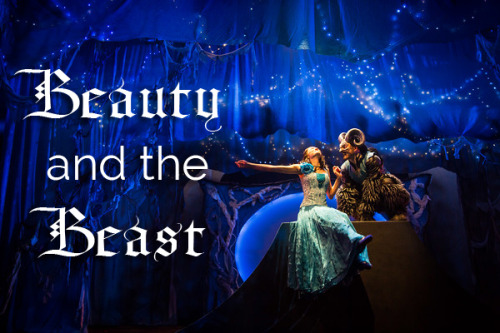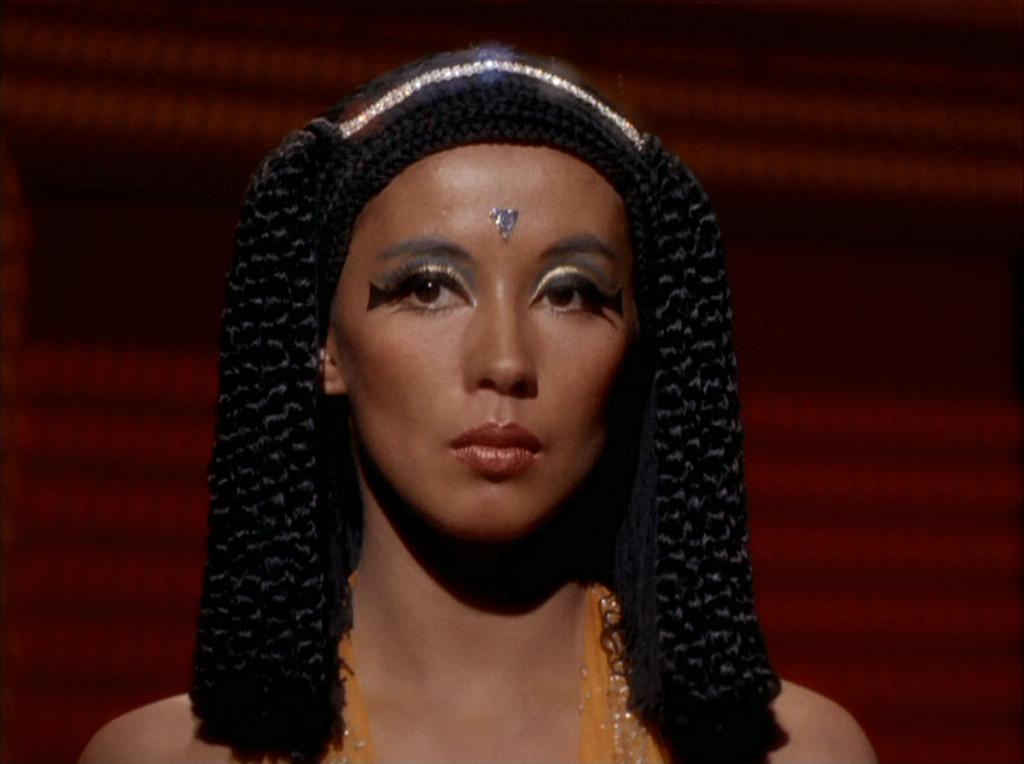Welcome one and all to the Cephalopod Coffeehouse, a cozy gathering of
book lovers, meeting to discuss their thoughts regarding the tomes they
enjoyed most over the previous month. Pull up a chair, order your
cappuccino and join in the fun. If you wish to add your own review to
the conversation, please sign on to the link list at the end of my post.
Title:
A Season on the Brink: A Year with Bob Knight and the Indiana Hoosiers
Author: John Feinstein
If you're a college basketball fan, you already know who Bob Knight is. For the more sensible among you, he is the former, notoriously bad tempered, highly successful coach at Indiana University, one of the most storied programs in the country. He coached other places, too - six years at Army, seven at Texas Tech, one gold medal summer at the Olympics - but he'll always be best known for his 29 seasons in Bloomington, coaching the Hoosiers. From 1971-2000, his Indiana teams won eleven Big Ten titles and three national championships, including an undefeated 1975-76 campaign, the last Division I team to run the table. For all those extraordinary achievements, his most enduring public image has him throwing a chair across the court in fury during a 1985 game against Purdue.
For the 1985-86 season, Knight granted extraordinary access to sportswriter John Feinstein. The result was a publishing sensation. Beyond all reasonable expectations,
A Season on the Brink skyrocketed to the top of the
New York Times bestseller list. It also drew a firestorm from Knight who took exception to his frequently unflattering portrayal.
When the book came out in 1986, I was falling in love with college basketball. From 1985 to 1989, every national men's final was a gem. During the same period, nearly every NFL Super Bowl was a joke so my previous enthusiasm for football was being overtaken by college hoops. I also had the benefit of growing up in suburban Maryland with two prominent programs - Georgetown and Maryland - in close vicinity. In January of '87, I went to my first live game: a Georgetown-Syracuse game that still ranks very highly among the most exciting contests I've ever seen. I was hooked.
I didn't read Feinstein's book at the time but I followed the controversy. The extra-wide spotlight on the team, while not entirely welcome, did bring very good luck. Indiana won the national title in '87, the last for both Knight and the school.
I've read a few of Feinstein's other books about college sports before and they have certainly changed my attitude towards that world. It's a bit like learning how the sausages are made. True, college sports provide opportunities for many students who wouldn't have them otherwise but at the highest level, they are rife with corruption and hypocrisy. Knight took pride in running a clean program and has little patience for those who don't.
That is not to say, however, that Bob Knight is a paragon of virtue. He may have toed the line in terms of recruitment and academics but his tyrannical (at best) and abusive (at worst) coaching tactics are far from endearing. Feinstein's book reveals a moody, manipulative, vulgar, profane, obsessive man. Even Knight's most accomplished coaching colleagues worry about his inability to handle defeat.
According to Feinstein, Knight's main objection upon the book's publication was the fact it did little to hide the coach's swearing. Feinstein argued that he
did tone down the language as much as he could but that Knight swears so much he hardly knows he's doing it. In fact, the author has praise for his subject, too. Knight is an undeniable genius and a loyal friend. To be sure, Knight's protests only helped to drive book sales, drawing ever more attention to his less redeeming qualities.
The book is beautifully written. As with all of Feinstein's work, pages turn quickly. I don't know if it would be worth much to someone who doesn't love basketball but it certainly brought me new insights into the game and the personalities I'd observed in my youth. The text is not over-burdened with game synopses, often the downfall of sports books. However, the chapter on the '86-'87 season - added in later editions - gets a little tedious. The book put me in the awkward position of rooting for Indiana, something I never would have done at the time. A loss meant a very angry coach and it's impossible not to feel sympathy for his long-suffering players in that situation.
Please join us and share your own review of your best read from the past
month. This month's link list is below. I'll keep it open until the
end of the day. I'll post December's tomorrow. Meetings are the last
Friday of each month. Next gathering is December 26th.







































